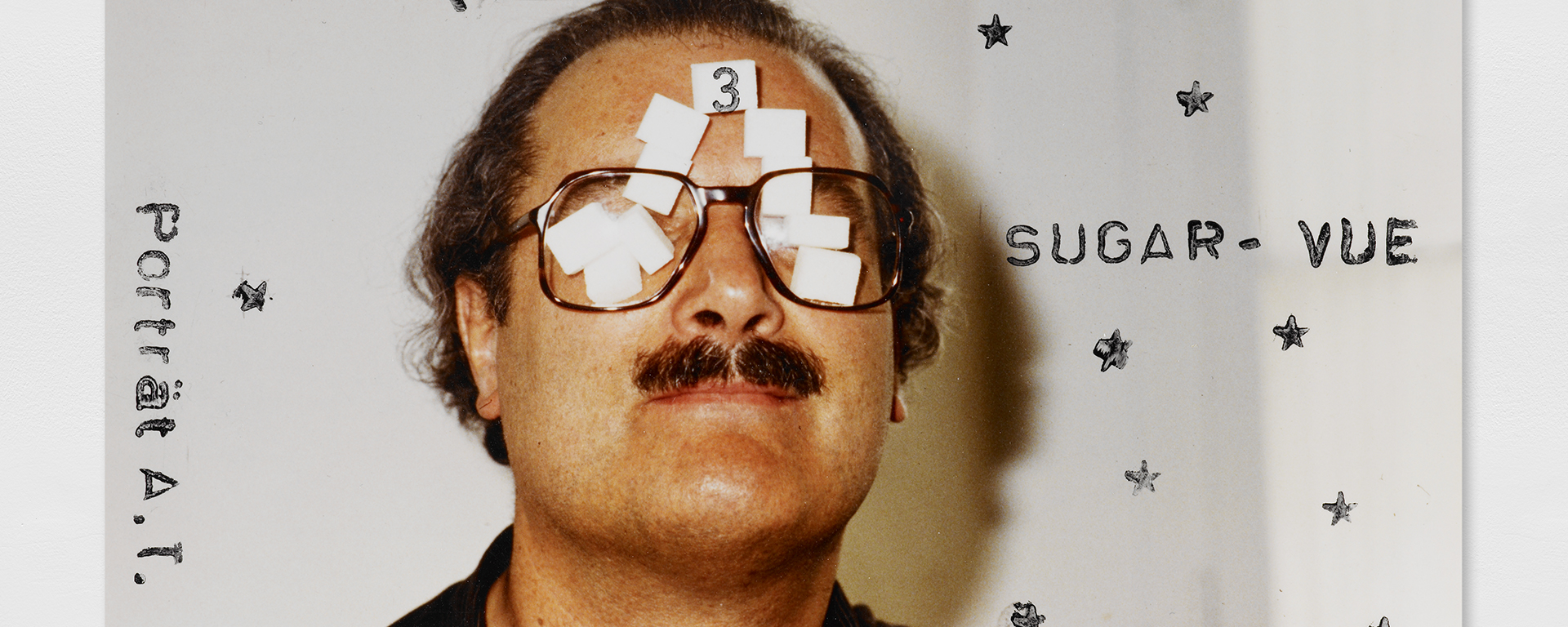The estate of Swiss artist André Thomkins (formerly Estate Thomkins Lucerne and Estate Thomkins Cologne) has been deposited with the Kunstmuseum Liechtenstein since 2004. The museum is responsible for compiling an inventory of the artist's complete estate which consists of more than 6'500 works of art, his library and his photographs and documents.
The André Thomkins Estate
André Thomkins was born in Lucerne in 1930 and died in West Berlin in 1985. In 1952 he went to Rheydt in the young Federal Republic of Germany and from 1954 to 1979 lived in Essen with his family. He established his main residence in Switzerland again in 1979.
From the very beginning, André Thomkins engaged in his work both with the Old Masters and with important 20th century artists, such as Marcel Duchamp, Max Ernst, Hans Arp and Paul Klee. He was inspired at an early stage by the art strategies of Surrealism, which promoted his great interest in experimental art practices, in keeping with contemporary trends. Thomkins befriended the Nouveaux Réalistes and artists involved in the Fluxus movement. He himself worked with images, objects and words in equal measure. He was also a representative of Concrete Poetry.
André Thomkins was an outstanding draughtsman and watercolourist. His estate includes not only pen and pencil drawings, but also many watercolours and works that hover on the borderline between architecture and sculpture (Thomkins Labyr activities in the early 1960s are of importance here). Paint skins, repeating patterns, permanent scenes and the recurring weightless floating figure Schwebsel (Thomkins' alter ego) stand alongside various works that have to do with the egg and with music.
Thomkins inventive handling of letters and words is manifest in numerous palindromes and anagrams, in wordplay and word machines. At the level of images, there are correspondences between his palindromes and, among other things, his hinges, mirror images of fine drawings based on the Rorschach principle. Suggestive titles are not just a component of his verbal artistic productions, they also formulate a world in itself, expanding the reading of his works in an exhilarating, subtle and profound way.
Thomkins oeuvre is inconceivable without his pronounced love of everyday materials like rubber, magazine photographs, paper, foodstuffs, found objects, etc., which are particularly evident in his objects and collages. His experiments with the most varied of materials led to independent humorous-fantastic works which are of great intellectual profundity, yet have a playfully associative quality.
When asked in 1969 by Serge Stauffer about his favourite place and state, Thomkins replied: Everywhere, but hovering.
Dagmar Streckel was responsible for the estate.
